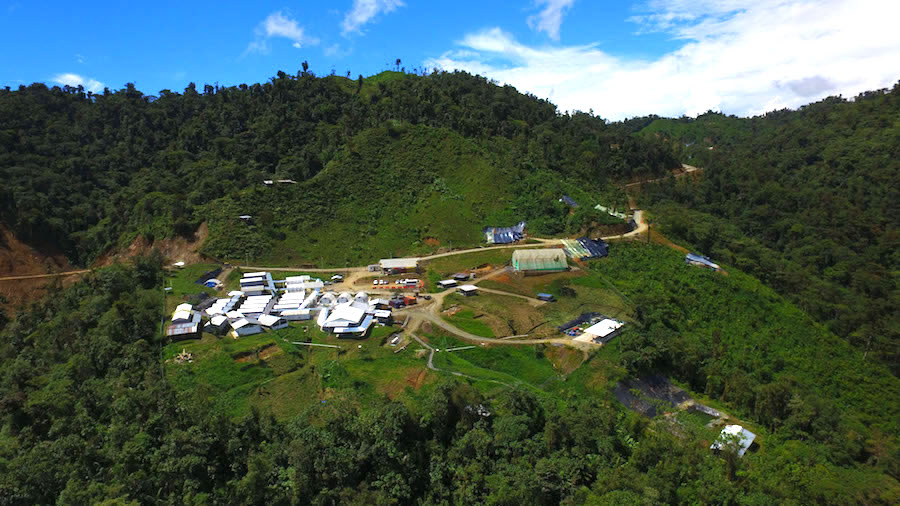
According to the study, annual production will average 132,000 tonnes of copper, 358,000 ounces of gold and 1 million ounces of silver, generating average free cash flow of $740 million a year.
With all-in sustaining cost (AISC) of $0.06/pound of copper, Cascabel would be “well within” the first decile of the copper industry cost curve, the company said.
“[The PFS] supports what we have believed all along — that this project is no ordinary mining asset. Cascabel will be a significant, multi-decade and very low-cost producer of copper that can help enable Ecuador’s emergence as the next copper frontier at a time when the world needs copper the most,” chief executive Darryl Cuzzubbo, who took the post in December, said in the statement.
Keith Marshall, chairperson of the Cascabel steering committee, noted the PFS focused on the “right-sizing” of the project, with the objective of reducing the technical and execution risk.
“It also provides a straightforward approach to mining the deposit that optimises selectivity without compromising any of the resource and maintaining optionality,” Marshall said.
Shares in the company climbed 1.75% to C$0.58 each in Toronto on the announcement, while in London, they initially shot up 3.5% at 35.35 pence each, to settle in mid-afternoon at around 34 pence.
Developing the asset would require $2.7 billion for initial cave development, first process plant and infrastructure, the company said.
Once up and running, Cascabel is expected to produce an average of 150,000 tonnes of copper, 245,000 ounces of gold and 913,000 ounces of silver in concentrate per year during around 55 years, if the mine is expanded, SolGold said.
A definitive feasibility study is planned for completion in the second half of 2023.
The world’s largest miner, BHP, (ASX, LON, NYSE: BHP) owns 14.7% of the company, and the prospects of a takeover are likely to increase now that the pre-feasibility study is complete, experts have said.




